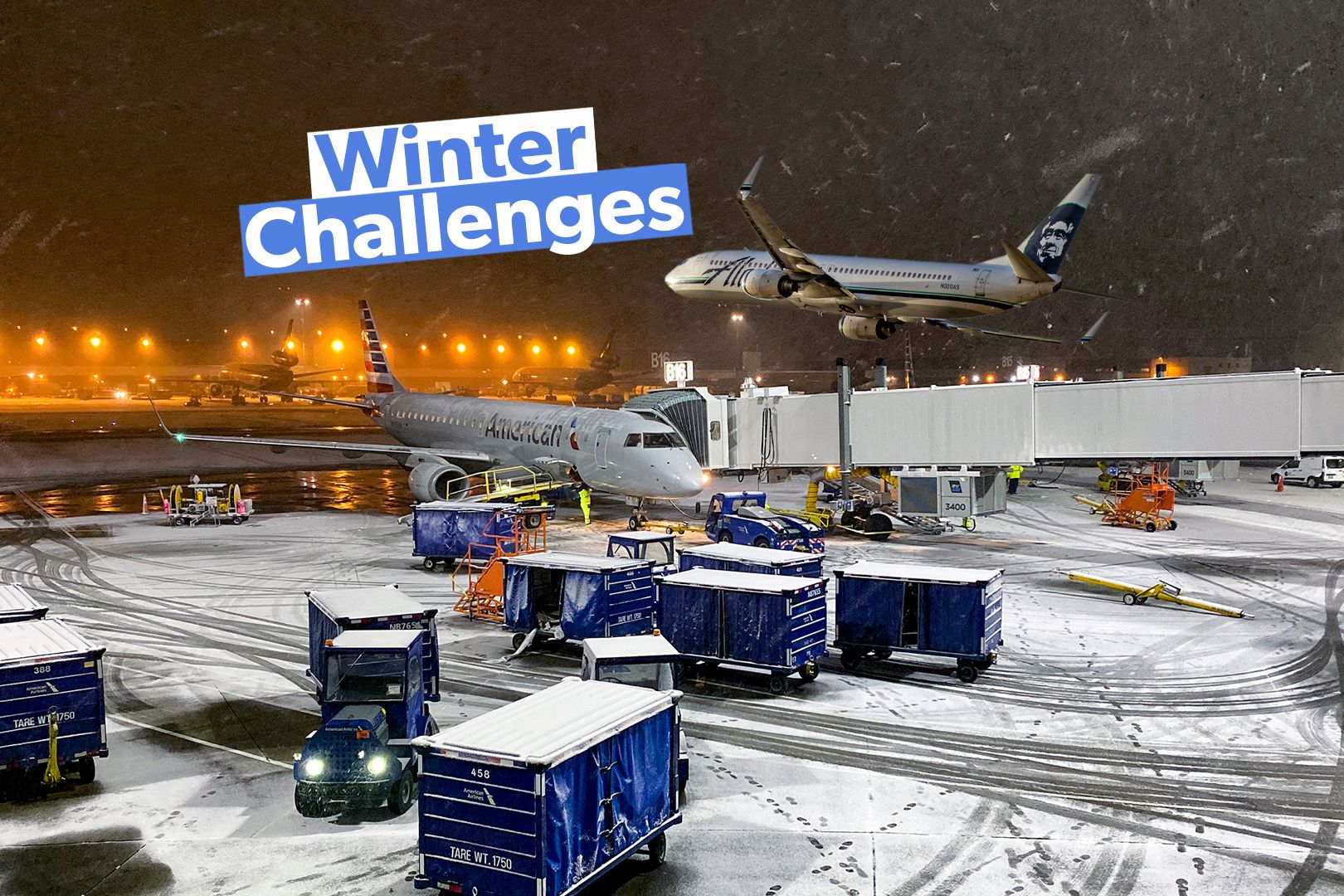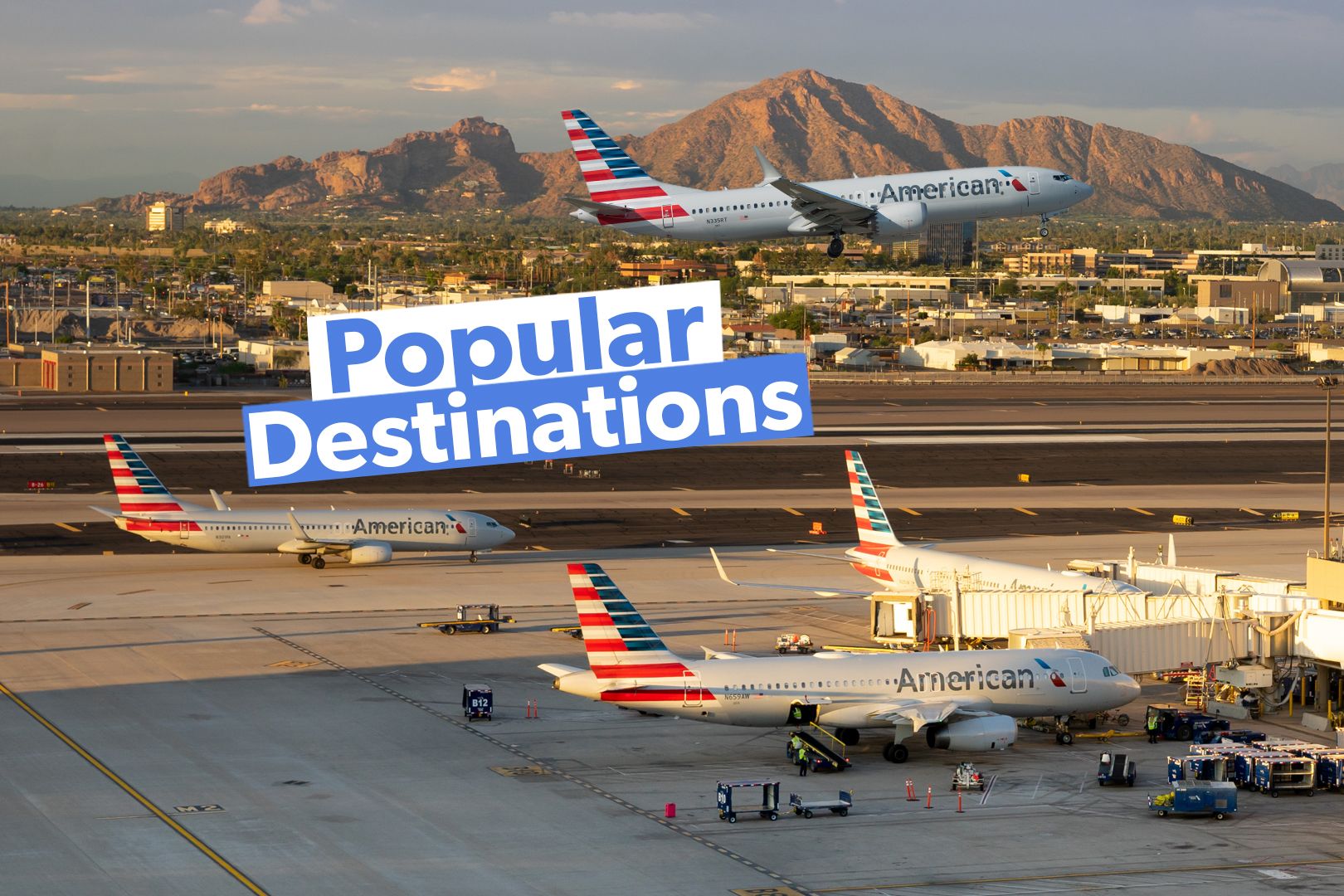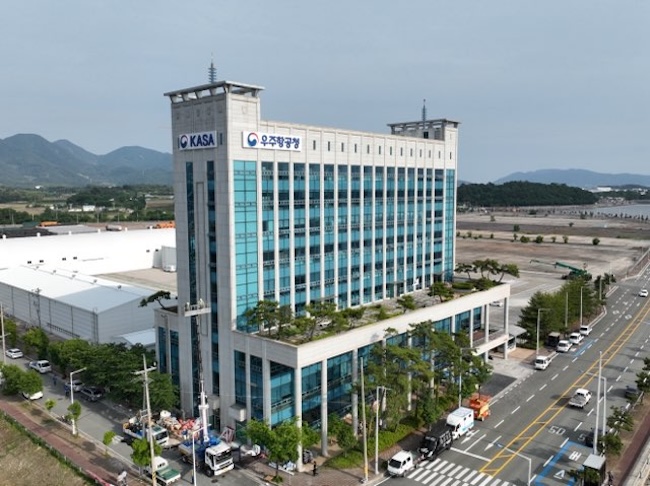
The end-of-year travel season is always a hectic period for the aviation industry, not least its airport operators. Upholding the responsibility of delivering passengers an efficient, streamlined travel experience, US airports will face a wide range of challenges this winter holiday season. Hopefully, if the trending data is anything to go by, passengers flying at peak times this year can expect minimal disruption.
The US aviation ecosystem has improved significantly since the tough COVID-19 pandemic years, recording an impressive 0.4% cancelation rate in December 2023. However, disruption is not only measured in cancelations.
Flight delays are also a bothersome risk of flying during the holiday season, with data from the Bureau of Transportation Statistics over the past decade showing an average departure delay rate of over 25%. So what kind of challenges do airports face during the peak holiday travel period? Airport operational challenges Running an airport is tough at the best of times, but it gets even more difficult during the winter rush. US airports face a surge of travelers around the Thanksgiving period in late November, followed by peak periods around Christmas and New Year's, which are traditionally hectic.
It is around these periods that we are accustomed to seeing long lines of exhausted passengers in airports. However, the US has made strides in improving the passenger experience, most notably with its newly introduced passenger "Bill of Rights" guaranteeing compensation and other rights . Airports have also stepped up their game and appear to be performing well ahead of this year's peak travel season.
Passengers are expected to crowd many US airports in the coming days. Inclement weather Many of the biggest airports in the US are situated in regions frequently battered by winter storms, with the likes of New York JFK, Boston Logan, Chicago O'Hare and Denver often on the wrong end of snow, ice and storms. These airports maintain efficient de-icing procedures and have access to advanced forecasting technology to stay ahead of weather patterns.
Passenger surge With most airports operating at their peak capacity, facilities will be tested to their limits amid a sharp rise in footfall. This can lead to all kinds of problems, such as overcrowded security and immigration lines, congestion at drop-off points, and longer baggage processing. Airports are diligent about managing high passenger traffic, often issuing advisories or keeping passengers updated through official airport apps.
System meltdowns It is during these peak travel periods that operational failures are most sorely felt - one of the worst individual airline cases in recent memory was Southwest Airlines, which suffered a system meltdown between December 21st and 30th in 2022, forcing it to cancel over 16,000 flights. The airline faced an investigation into the debacle and would ultimately be fined $140 million by the Department of Transportation (DoT), on top of the more than $600 million it was forced to shell out on refunds and compensation for its passengers. Staffing challenges The industry has faced a wide range of labor shortages in recent years, from pilots to air traffic control (ATC).
Airports will usually need to hire extra staff during seasonal periods but can struggle to do so if there is a shortage, particularly in certain areas, such as qualified security staff. Staffing shortages outside an airport's control, such as ATC or airline representatives, can also exacerbate disruption during peak periods. How is this year looking? According to the Federal Aviation Administration (FAA), flight cancelations are "trending lower than in previous years" thanks to improved operational efficiency and technology, but still have the potential to cause major disruption, particularly those linked to adverse weather.
National Airspace System (NAS) delay data shows that over 64% of delay minutes in 2024 were caused by inclement weather, which is an improvement from last year (73.3%). A record number of passengers are expected this Thanksgiving travel period , with the Transportation Security Administration (TSA) recently estimating it would screen over 18 million passengers between November 26th and December 2nd.
In all, around 50 million US travelers are expected to fly during the Thanksgiving, Christmas and New Year period. The data would seem to support the prospect of a relatively disruption-free peak season , but there are still several factors outside of airline/airport control that could cause major disruption. Year December January August 2015 1.
7% 2.5% 1.0% 2016 1.
6% 2.6% 1.4% 2017 1.
1% 2.0% 2.2% 2018 1.
2% 3.1% 2.0% 2019 1.
1% 3.1% 1.8% 2021 2.
4% 1.1% 3.1% 2022 5.
4% 6.2% 2.5% 2023 0.
4% 1.9% 1.5% 2024 — 3.
8% 2.9% How to plan ahead Given the increased strain on airlines and airports, there's a chance your flight could face some kind of disruption that will throw your travel plans into disarray. As such, it's best to be prepared and plan ahead to minimize the impact you may face.
A look at the top 10 airports across three categories that will see the most traffic this holiday season. Give yourself breathing space when it comes to travel connections. This means arriving at the airport earlier than usual, or catching an earlier train.
Stay updated with your airline and airport. The best place to start is to download your airline's official app, which will keep you updated on your flight. You can also visit official airport websites, which will list current status of flights and whether to expect any airport-wide delays.
Try to book on non-peak days if possible. The Wednesday before and Sunday after Thanksgiving are usually the busiest, as well as the weekend leading up to Christmas. Know your rights.
Passengers in the US now have enhanced rights, including the right to speedy compensation and a duty of care during delayed journeys..














